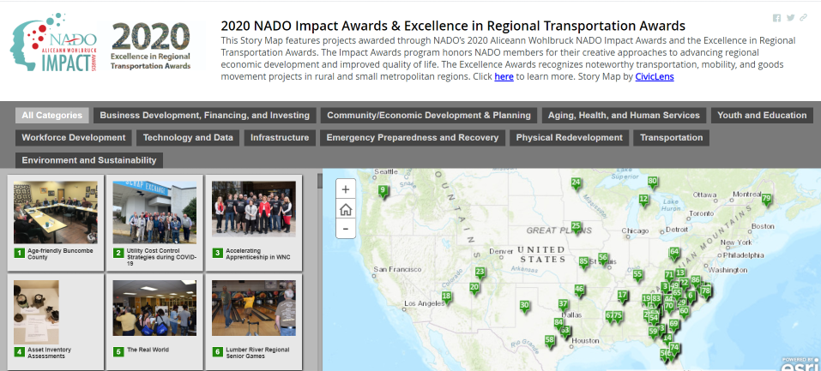
Transportation agencies conduct outreach to inform the public about plans and projects and to gather feedback about residents experiences or concerns, often through in-person meetings. Virtual public involvement includes a range of methods that do not require face-to-face contact. With opportunities to engage online or at any time, virtual public involvement can make it easier for more people to engage in regional plans, corridor studies, or project-specific efforts.
Types of Virtual Public Involvement
The Federal High Administration (FHWA) provides fact sheets, videos, recorded webinar presentations, and peer exchange materials on a variety of virtual public involvement methods, including:

- Mobile Applications
- Project Visualizations
- Do-It-Yourself Videos
- Crowdsourcing Tools
- Virtual Town Halls
- Mapping Tools
- All-in-One Tools
- Digital Tools to Enhance In-Person Events
Benefits of Engagement
Using these tools can enhance Planning Environment Linkages (PEL). PEL uses information developed in the planning process to shape the National Environmental Protection Act (NEPA) process. PEL can include conducting robust community engagement early in the planning process. This helps agencies identify and respond to community concerns. Ultimately, a high level of engagement can lead to faster and less costly project implementation by avoiding those concerns.
The COVID-19 pandemic caused sudden challenges to holding public meetings. However, many agencies were already expanding their use of engagement tools before that. In addition, there are residents in every community that often have a hard time getting to in-person meetings. Whether due to time, distance, accessibility, language or transportation barriers, family or work responsibilities, many people experience barriers even when there are no public health emergencies. Virtual public involvement tools can improve equity in accessing engagement opportunities and influencing a planning process. As a result, using these tools can be tied in with PEL. For example, early and broad engagement can help with identifying project purpose and need or identifying possible project alternatives (or eliminating some) early on.
Resources
For more information on PEL, visit https://www.environment.fhwa.dot.gov/env_initiatives/PEL.aspx. To learn more about virtual public involvement, visit https://www.fhwa.dot.gov/planning/public_involvement/vpi/.
